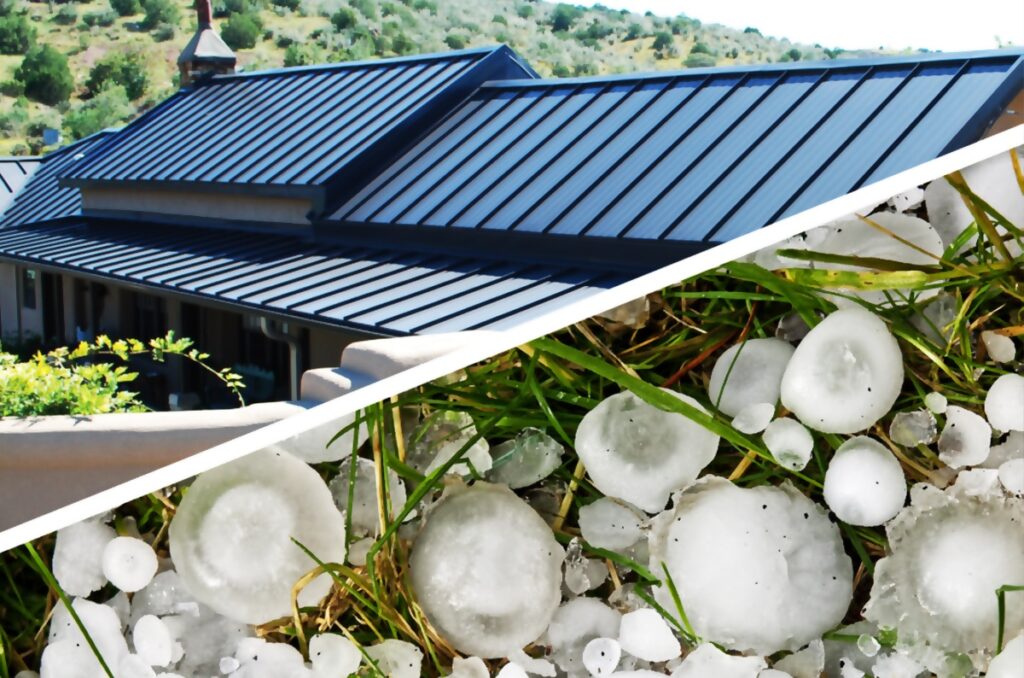The most commonly experienced types of damage to homes in South Florida center around hurricanes, tornados and heavy rain storms. Hail doesn’t occur very often due to the warm climate and many residents are often surprised when their home sustains hail damage.
Hailstones are quite small in comparison to the damage they cause. There have been extreme examples of hail in the Sunshine State. The record hailstone size is 4.5 inches. In 1996, 2003 and 2007, grapefruit-sized hail was reported.
Am I Covered?
The types of damage covered is spelled out in policies, along with exclusions. In Florida, hail damage doesn’t legally have to be specified in your homeowner’s policy for coverage to be extended. Still, many insurers will try to avoid paying for repairs or replacement. Insurers may claim negligence, failure of regular maintenance, or pre-existing damage as a cause for denying the claim.
Types of Hail Damage
A hail storm typically lasts for 15 minutes or less, but in that short amount of time it can inflect a significant amount of damage. In home environments, hail can crack or break windows, destroy greenhouses and shred rare plants. It causes damage to roofs, siding and gutters. Hail can dent vehicles and damage solar panels.
The icy particles are also a threat to boats, aircraft, and can even be deadly for pets and livestock. Wind-driven hail can fall at an angle or even sideways.
When to Hire a Public Adjuster
If your claim for hail damage is denied or the amount isn’t sufficient to fully repair damage or replace destroyed objects, contact a public adjuster. In their official capacity, the professionals have the authority to reopen your claim and negotiate on your behalf for a better settlement. A public adjuster examines insurance policies and assess damages They’re knowledgeable in labor expenses and the cost of materials to make repairs or replacements.
